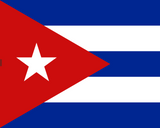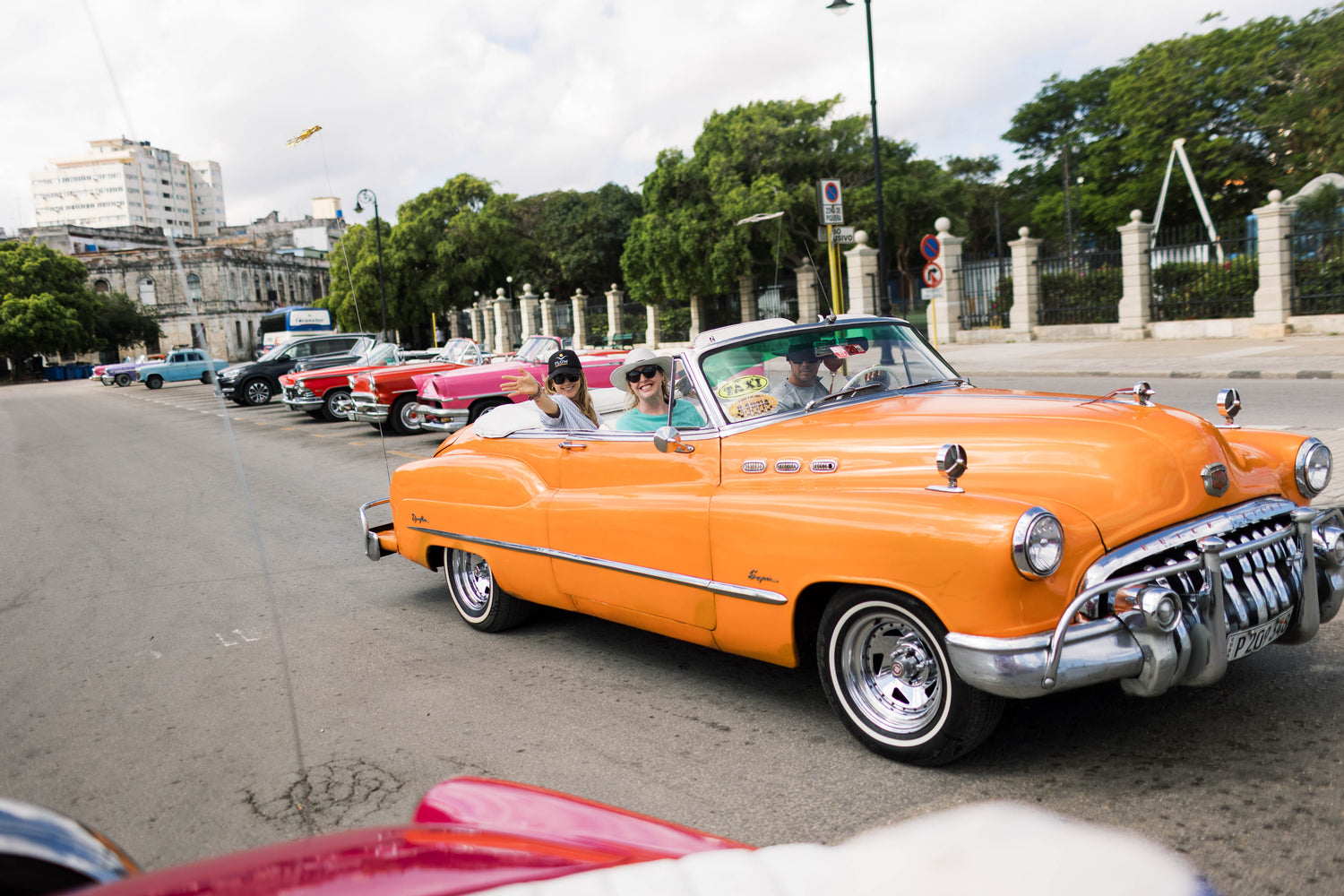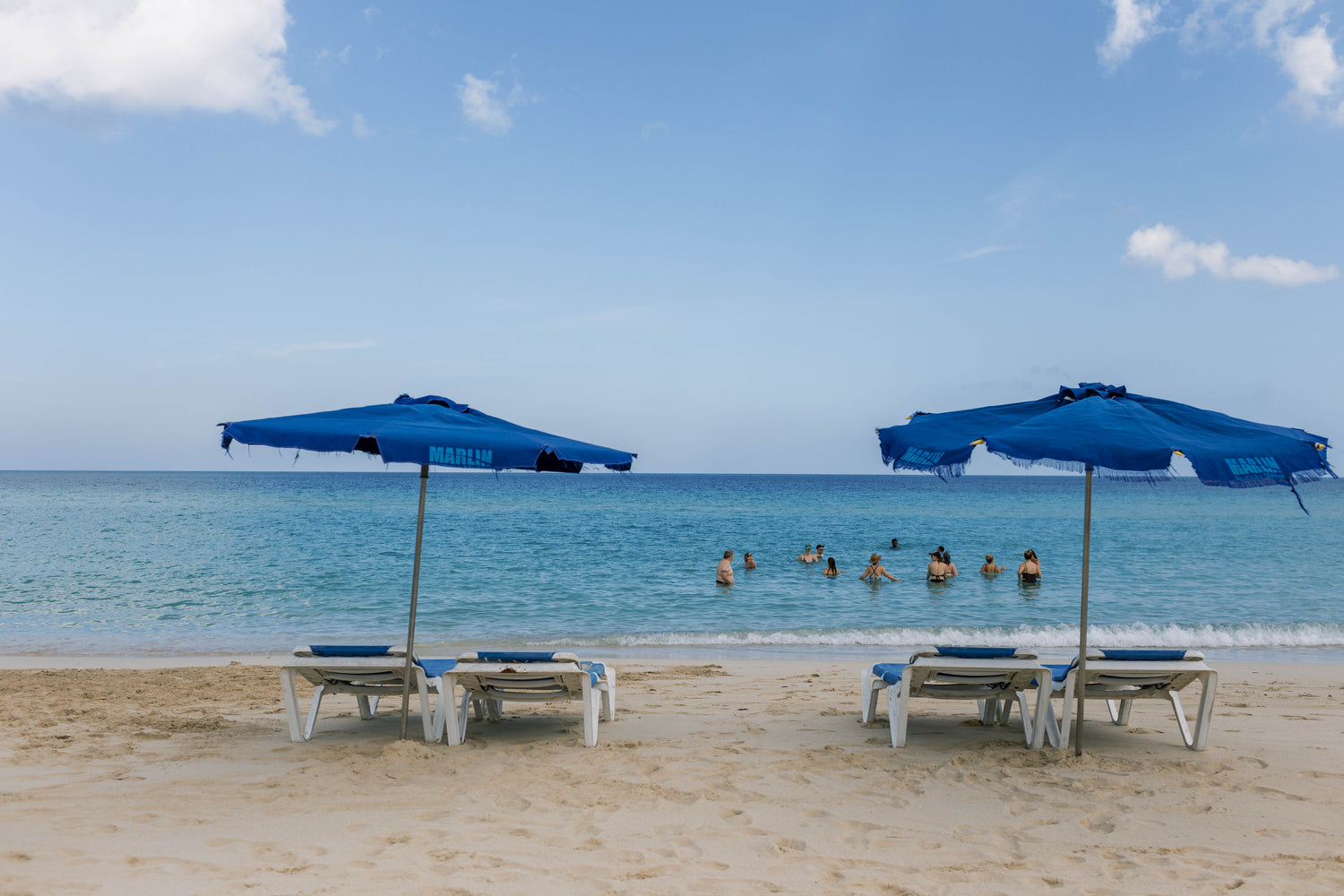About Cuba
¡Asere, qué bolá!
Cuba, the largest island in the Caribbean, invites travelers to experience its vibrant culture and rich history. Wander the colorful streets of Havana, where classic cars and colonial architecture create a lively atmosphere. Engage with locals and immerse yourself in the rhythms of son and salsa, where every beat tells a story. At the heart of Cuba are its resilient people, whose warmth and hospitality shine through despite challenges and the realities of censorship and scarcity. Listen to their stories and discover the complexities of life on the island. With its captivating blend of history, natural beauty, and enduring spirit, Cuba invites you to connect deeply and uncover the essence of this extraordinary land.
FEATURED STORIES ON CUBA: WHAT YOU WANT TO KNOW
Best Places To See
Cuba offers a range of attractions that reveal its rich history and culture, and political complexity. In Havana, vibrant streets buzz with life, where vintage cars navigate alongside bustling markets, and the sounds of music fill the air. Engaging with locals here can provide insights into daily life and the challenges they face. Trinidad, a UNESCO World Heritage site, features cobblestone streets and colonial architecture that reflect the town's historical significance. The Viñales Valley invites outdoor exploration, with opportunities to hike and learn about tobacco farming from local producers.
Santiago de Cuba is known for its revolutionary history and local celebrations, giving visitors a chance to connect with the island's diverse narratives. Each destination allows for authentic interactions and deeper understanding, making your experience in Cuba not just about sightseeing but about engaging with its realities and stories.
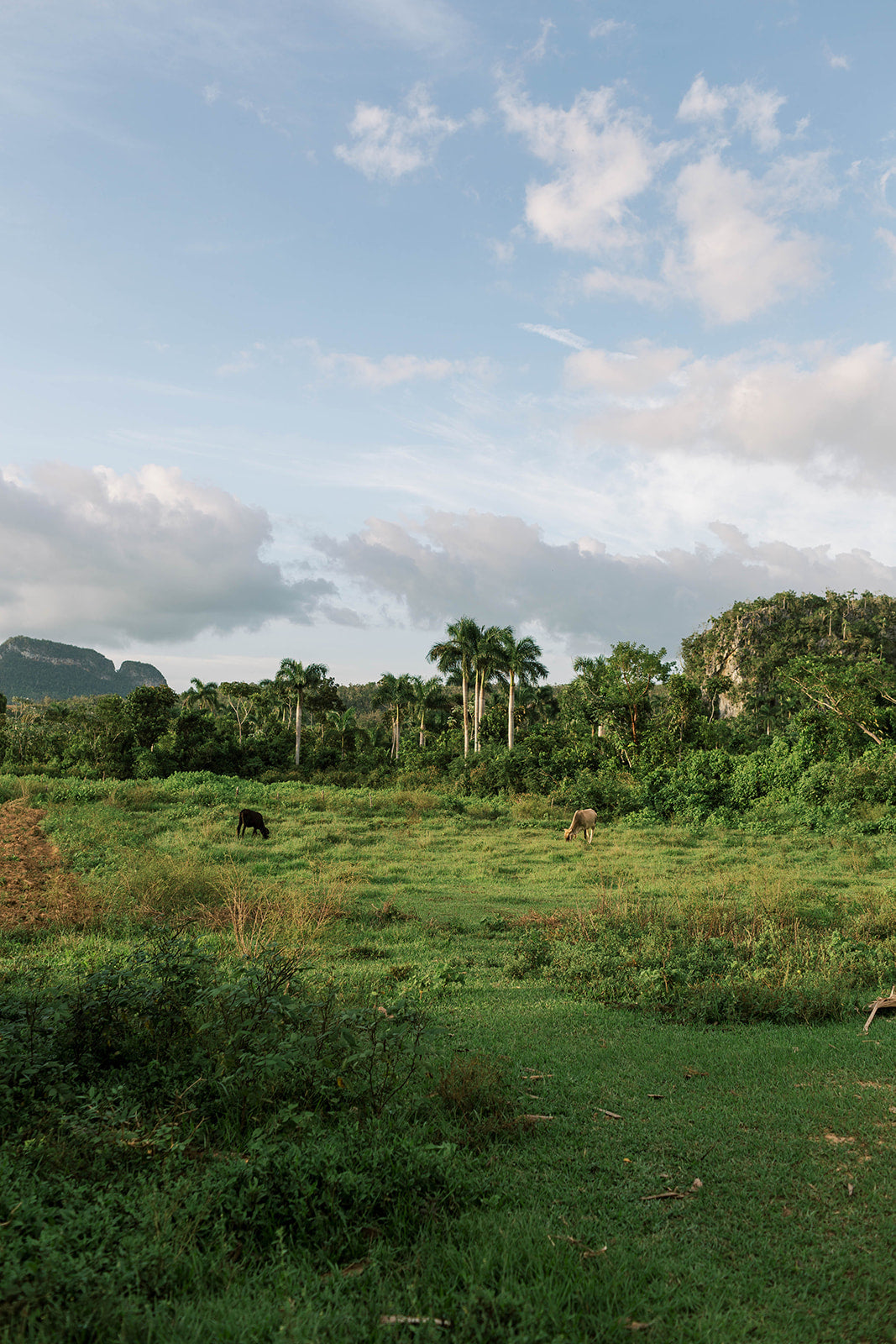
Our Practices
Exploring Cuba with Heart of Travel
Traveling to Cuba with Heart of Travel means diving deep into the island's vibrant culture and rich history through a lens of sustainability and authenticity. Our carefully crafted itineraries take you beyond the usual tourist paths, providing genuine experiences that connect you with local communities and immerse you in the true essence of Cuban life.
As you stroll through Havana’s lively streets, you’ll encounter the charm of its colonial architecture and the music that resonates at every corner. Engage with local artisans who share their crafts, taste traditional dishes made with care, and hear firsthand the stories of resilience from the Cuban people. We believe in honoring the narratives that define Cuba, from its revolutionary history to its dynamic arts scene, reflecting the spirit and determination of its citizens.
We prioritize partnerships with small businesses and local guides, ensuring your journey supports the communities you visit. By choosing Heart of Travel, you’re not just a visitor; you’re contributing to the local economy and fostering meaningful connections. Whether you're exploring the historic forts of Santiago de Cuba, witnessing the vibrant street art in Havana, or taking a guided tour through the stunning landscapes of Viñales Valley, you’ll see the beauty and resilience of this extraordinary country.
From dance lessons in the heart of Old Havana to cooking classes featuring cherished family recipes, each moment is designed to deepen your appreciation of Cuban culture. At Heart of Travel, we’re committed to making a difference through every journey, enriching both your life and the lives of those you meet along the way.
Know Before you Go
About Cuba
Do I need a visa to travel to Cuba?
Yes, U.S. travelers need a visa to enter Cuba, typically in the form of a tourist card. You can obtain this card through your airline, a travel agency, or directly from the Cuban consulate. Ensure you have the correct documentation before you leave for your trip.
What is the best time to visit Cuba?
Cuba is a year-round destination, but the ideal time to visit is between November and April when the weather is cooler and drier. However, traveling during the rainy season (May to October) can also be enjoyable, as the rain often comes in short bursts and leaves plenty of time for exploration. June - September is peak heat and humidity,
Is it safe to travel to Cuba?
Cuba is generally considered safe for travelers. Violent crime is rare, but petty theft can occur. It's advisable to take standard precautions, such as keeping valuables secure and being aware of your surroundings, especially in crowded areas.
What currency should I use in Cuba?
Cuba now has a single official currency: the Cuban Peso (CUP). The Cuban Convertible Peso (CUC) was officially phased out on January 1, 2021, and is no longer in circulation. However, due to ongoing economic challenges and currency instability, the U.S. dollar (USD) is now widely accepted throughout the island, especially in private businesses such as restaurants, casa particulares (homestays), and souvenir shops. While CUP remains the national currency for most local transactions, many travelers find it easiest to bring U.S. dollars in cash, as credit and debit cards—even those issued by non-U.S. banks—are often not accepted. Be sure to carry small denominations and keep in mind that change is typically given in CUP.
Can I use my credit card in Cuba?
While some international credit and debit cards are accepted in Cuba, US cards are not. It’s best to carry cash for transactions.
What are some must-see attractions in Cuba?
Cuba is rich in history and culture. Key attractions include the vibrant streets of Havana, the historic town of Trinidad, and the natural beauty of Viñales Valley. Additionally, don’t miss the opportunity to explore the cultural scene, including music and dance, which is integral to Cuban life.
What should I know about local customs and etiquette in Cuba?
Cuban culture is warm and welcoming. It's customary to greet people with a friendly “Hola” and to say “Gracias” when receiving help. Additionally, tipping is appreciated in restaurants and for services. When interacting with locals, be respectful of their customs, and enjoy engaging in conversations about life in Cuba.
Cuba is a captivating destination known for its vibrant culture, historic cities, and stunning beaches. From the colorful streets of Havana to the lush landscapes of Viñales, this Caribbean island offers a unique mix of history, music, and adventure. Whether you're interested in classic cars, colonial architecture, or pristine beaches, there are countless things to do in Cuba for every type of traveler.
The best time to visit Cuba is between November and April, during the dry season when the weather is warm and pleasant. This is ideal for exploring Havana, lounging on the beaches of Varadero, or hiking in Viñales. May to October is the rainy season, with higher humidity and occasional storms, but it’s also a time with fewer crowds and lush green landscapes.
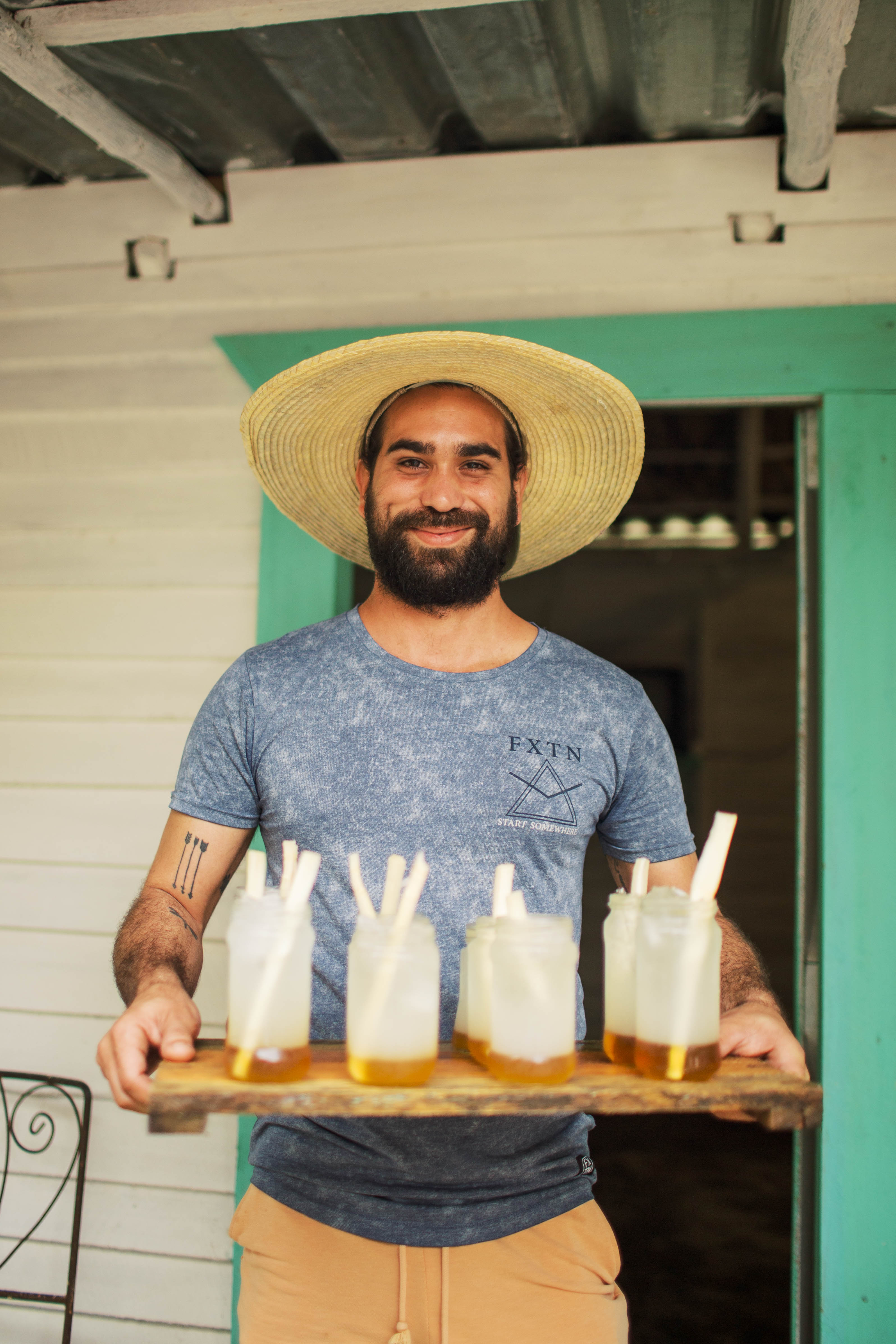
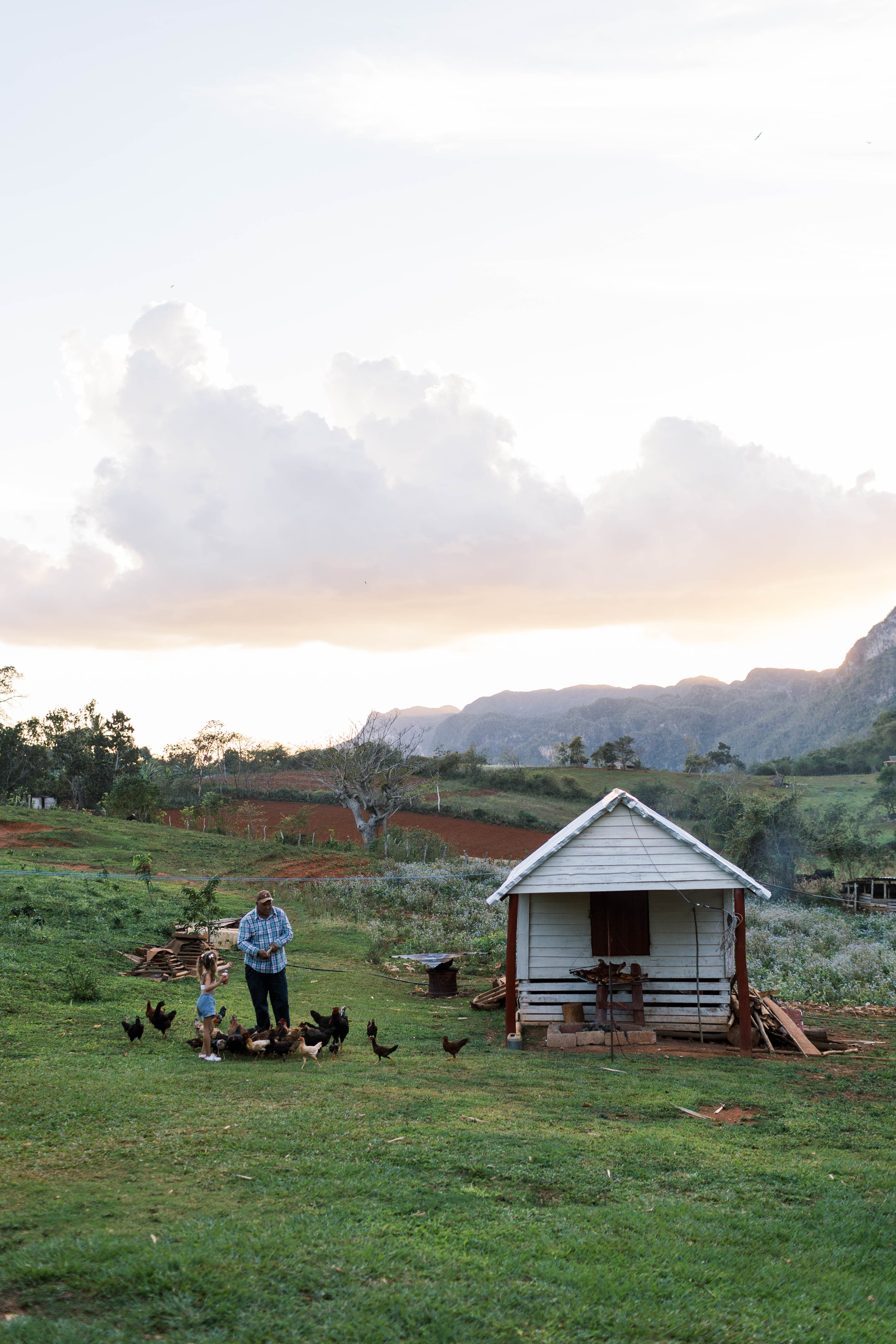
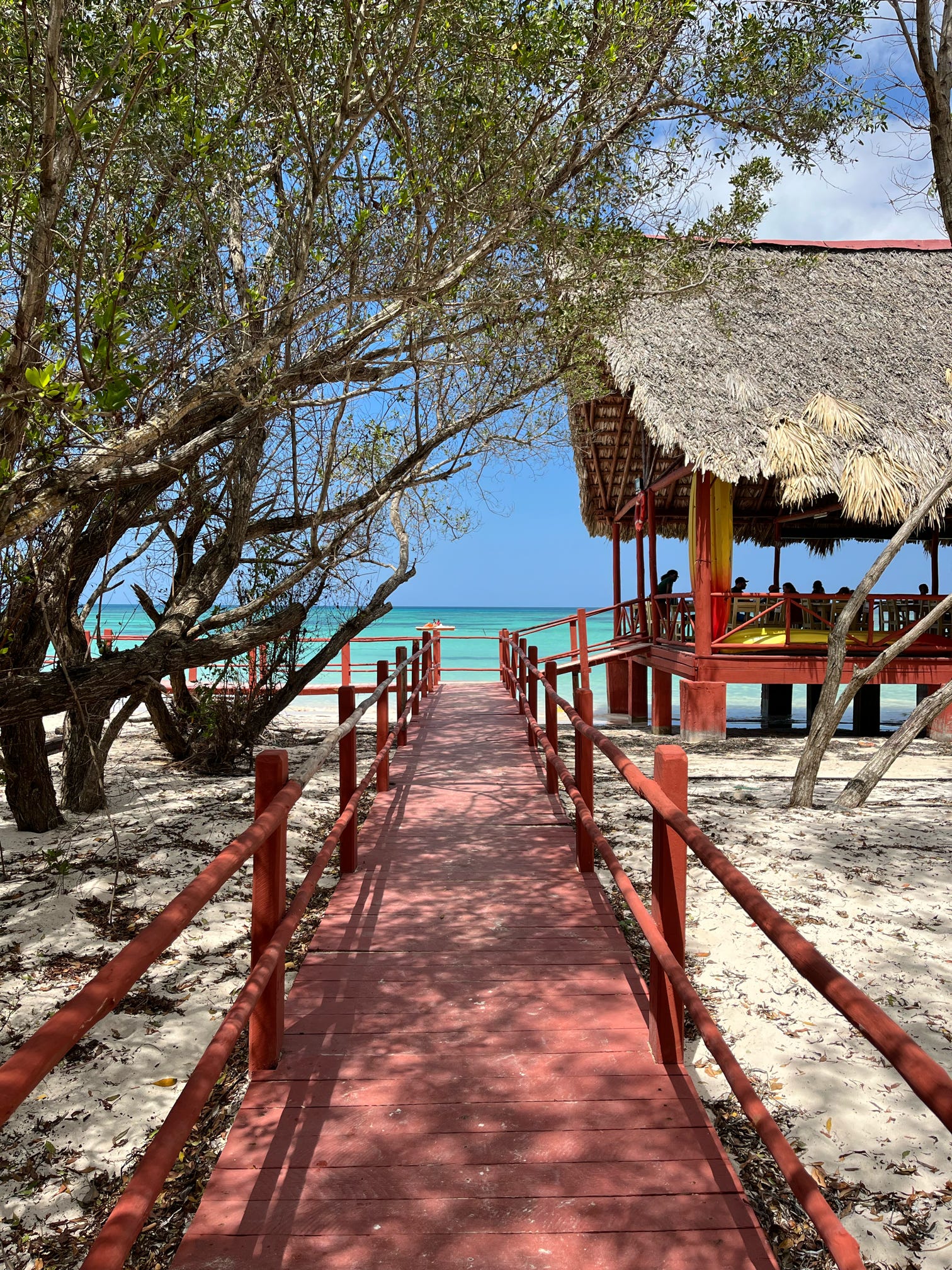
Yes, U.S. citizens can travel to Cuba, but there are restrictions. Travelers from the U.S. must visit under one of the 11 approved categories, such as “Support for the Cuban People,” meaning they must engage in activities that support locals, like staying in casa particulares (family-run guesthouses) and dining at privately owned restaurants. Direct flights are available from cities like Miami and New York.
Many wonder, “Why can’t U.S. Citizens go to Cuba?” The U.S. government has travel restrictions due to long-standing political and economic policies. While tourism isn’t outright banned, American visitors must comply with specific travel guidelines and avoid transactions with certain government-run businesses. However, legal travel to Cuba is still possible with proper planning.
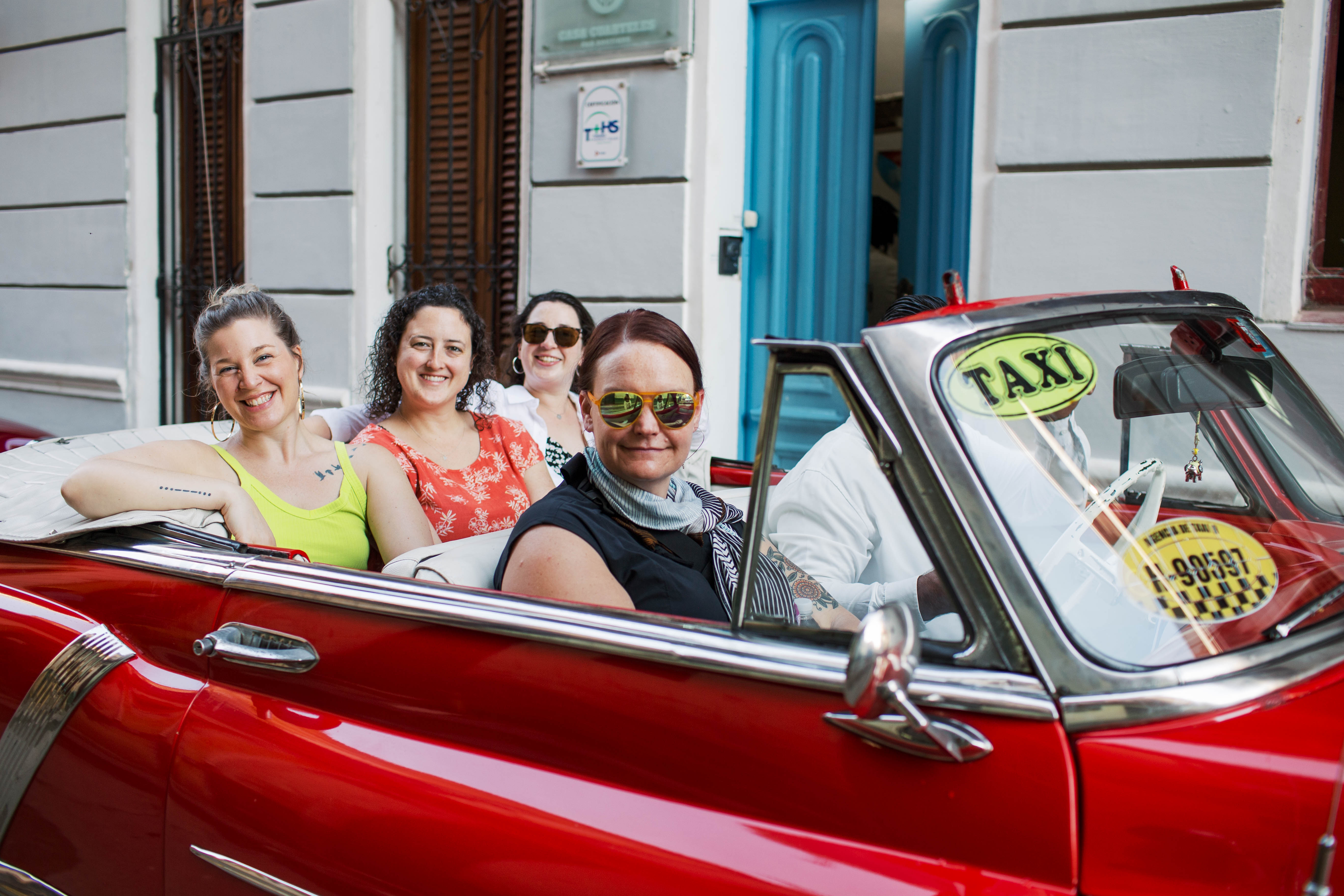

Cuba is home to incredible destinations beyond just Havana, each offering a unique glimpse into the island’s rich culture and natural beauty. In Havana, visitors can wander through Old Havana’s cobblestone streets, admire vintage cars, and enjoy the lively atmosphere of the Malecón. Viñales is a paradise for nature lovers, featuring dramatic limestone mountains, lush tobacco farms, and scenic horseback riding trails. The colonial town of Trinidad enchants travelers with its colorful streets and proximity to the stunning Playa Ancón. For those seeking pristine beaches, Varadero is a top choice, boasting crystal-clear waters and excellent opportunities for relaxation and water activities. Meanwhile, Cienfuegos, known as the “Pearl of the South,” showcases French-inspired architecture and a picturesque bay, making it a must-visit coastal gem.


